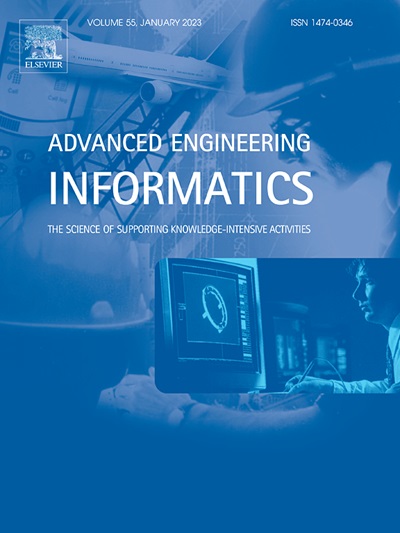Research on multimodal generative design of product appearance based on emotional and functional constraints
IF 8
1区 工程技术
Q1 COMPUTER SCIENCE, ARTIFICIAL INTELLIGENCE
引用次数: 0
Abstract
The latest advancements in generative design have unveiled its potential in converting textual inputs into conceptual renderings, yet challenges remain in aligning these designs with users’ emotional and functional requirements. Additionally, research on integrating text, renderings, and 3D models within a multimodal product design framework is still inadequate. Consequently, this study introduces a novel multimodal generative design approach based on emotional and functional constraints. Firstly, a dataset of product emotional and functional vocabularies is constructed and utilized to train a stable diffusion model enhanced by LoRA. Subsequently, a Multi-stage Fuzzy Comprehensive Evaluation and Analytic Hierarchy Process are employed to assess the design proposals generated by the pre-trained model based on user requirements. Ultimately, the preferred 2D renderings are converted into detailed 3D models using the One-2–3-45++ method, with a case study on seat design validating its effectiveness. The primary contribution of this study lies in proposing a generative design method that accurately maps users’ personalized emotional and functional requirements to product styling, color, structure, and material, while also establishing a comprehensive and intelligent multimodal generative design framework incorporating a comprehensive evaluation system. Compared to existing methods, the proposed approach demonstrates superior performance in satisfying users’ emotional and functional requirements, significantly enhancing the personalization level of generative product design.
求助全文
约1分钟内获得全文
求助全文
来源期刊

Advanced Engineering Informatics
工程技术-工程:综合
CiteScore
12.40
自引率
18.20%
发文量
292
审稿时长
45 days
期刊介绍:
Advanced Engineering Informatics is an international Journal that solicits research papers with an emphasis on 'knowledge' and 'engineering applications'. The Journal seeks original papers that report progress in applying methods of engineering informatics. These papers should have engineering relevance and help provide a scientific base for more reliable, spontaneous, and creative engineering decision-making. Additionally, papers should demonstrate the science of supporting knowledge-intensive engineering tasks and validate the generality, power, and scalability of new methods through rigorous evaluation, preferably both qualitatively and quantitatively. Abstracting and indexing for Advanced Engineering Informatics include Science Citation Index Expanded, Scopus and INSPEC.
 求助内容:
求助内容: 应助结果提醒方式:
应助结果提醒方式:


